
The current Thai To Temple (in front) is seriously degraded and could collapse at any time.
The excavation work was carried out on an area of 952 square meters, with 11 pits at important locations of the Thai Mieu relic to collect and determine more information from this relic.
The archaeological results have provided many results on the structure of the main Thai Mieu building, such as the foundation, steps, curb system, paving bricks, front yard and surrounding road... In particular, there is a change in the displacement of the foundation system of the original building compared to the building that the Nguyen Phuc clan council rebuilt in 1972. Specifically, from the excavation results in pit No. 1, the Scientific Research Department of the Hue Monuments Conservation Center, the unit in charge of the excavation at the Thai To Mieu relic, based on additional sources of documentary photos, showed that the front yard of this building was paved with Bat Trang bricks. The sacred path in the middle of the yard has lost all the surface paving stones, however, based on some remaining stone pavement sections, it can be seen that this road is paved with stone in the middle of the yard about 2.14m wide.
Excavation pits No. 2, 3, 4, 5 also show that all the steps in front of the main Thai To Temple have been completely destroyed and rebuilt, in which the two steps on both sides are located in front of the East and West wings of the temple. The original wall foundation of the southern wall of the building is about 0.37m south of the current wall. At the West wing of the temple, according to the excavation unit's records, the steps at the southern end are the original element; the steps in the middle have been made use of the relic's stone to build new ones for convenience in going from the Trieu Mieu relic, Than Tru house to the current Thai To Temple. Regarding the two steps in the North of Thai To Temple, there are still the foundations of the steps, especially each step foundation is 1.35m deep, equivalent to 4 steps, which is very similar to other relics in Hue Imperial Citadel. In addition, on these two steps there are also traces of the roof pillars as shown in the source photo, as well as the roof at this location of The To Mieu (The Mieu relic is symmetrical with the Thai Mieu relic across the Than Dao axis of Hue Citadel - PV).

Excavation pit No. 3, close to the northern foundation (the back of Thai To Temple), discovered a system of stepped foundations and roof pillars.
Dr. Le Thi An Hoa, Head of the Department of Scientific Research, Hue Monuments Conservation Center, informed: On the foundation of Thai To Temple, there are still two different types of tiles with two corresponding types of mortar: Bat Trang tiles and flower tiles. These are flower tiles of Bao Trac Hue Company, which were introduced to Vietnam by the French in 1896 and were used by kings Thanh Thai and Khai Dinh to pave in relics such as Thai Hoa Palace, Dien Tho Palace... Therefore, the use of flower tiles in Thai To Temple during this period was also normal.
This excavation also determined the location and structure of the foundation of the Thai To Temple. In particular, the southern foundation of this relic was built with bricks plastered with white lime mortar 0.48m thick; in the East and West wings, there are still traces of the original foundation in these rooms. Regarding the location of the southern foundation of the Thai To Temple, the existing foundation layer above the construction has been built back (compared to the original) about 0.32m - 0.35m. This may be because since 1972, when rebuilding the Thai To Temple, the Nguyen Phuc clan council removed bricks and stones from the southern foundation to take advantage of and rebuild a new foundation moved inside, causing the scale of the temple's foundation to be reduced. In addition, from the excavation results of pit number 9, it can also be determined that when rebuilding Thai To Temple, people raised the foundation of the building by 0.5m and dug stone pedestals in corresponding positions for construction, so all the pedestals of the old Thai To Temple were moved to a new location.
“In particular, along excavation pit No. 2, we discovered nearly 300 pieces of blue-glazed ceramics, many of which showed signs of being made. These pieces may have been inlaid into the front panels of the southern foundation of the ancient Thai To Temple,” added Dr. Le Thi An Hoa. During this excavation, the unit dug pit No. 11 (East-West direction) from the Tuc Tuong gate to the western steps of Thai To Temple. According to documents, this road was originally built with rough sandstone 2.0m wide; on both sides there were two horizontal and vertical brick pavements. Currently, in the premises of the Thai To Temple relic, there are still many rough sandstone slabs of the same size as the paving stones of this road. According to initial assessment, this road may have been paved entirely with rough sandstone in the past. This is consistent with the records in the book Dai Nam Thuc Luc , when the king went to pay respects to the Nguyen lords who were worshiped in the four rooms on the right (Muc Tu palace), he would enter the temple from this door. When dug, this stone-paved road was 0.3m underground compared to the current road.
The Thai Mieu relic is located in the southeast corner of the Hue Imperial Citadel, built during the Gia Long period (1804). This is the place to worship the Nguyen Lords, from Lord Nguyen Hoang to Nguyen Phuc Thuan. The Thai Mieu relic complex is a fairly large architectural complex, with more than 10 construction items, arranged according to the general principles of Nguyen Dynasty architecture. In 1947, the Thai Mieu was destroyed due to the devastation of war. In 1972, Lady Tu Cung (ie Doan Huy Hoang Thai Hau - mother of King Bao Dai) and the descendants of the Nguyen Phuc clan donated and rebuilt the main structure of Thai To Mieu on the foundation of the old structure. However, over the years, this structure has also been damaged and degraded, and could collapse at any time. Source: https://baovanhoa.vn/di-san/nhan-dien-ro-hon-ve-thai-mieu-qua-khai-quat-khao-co-63446.html |


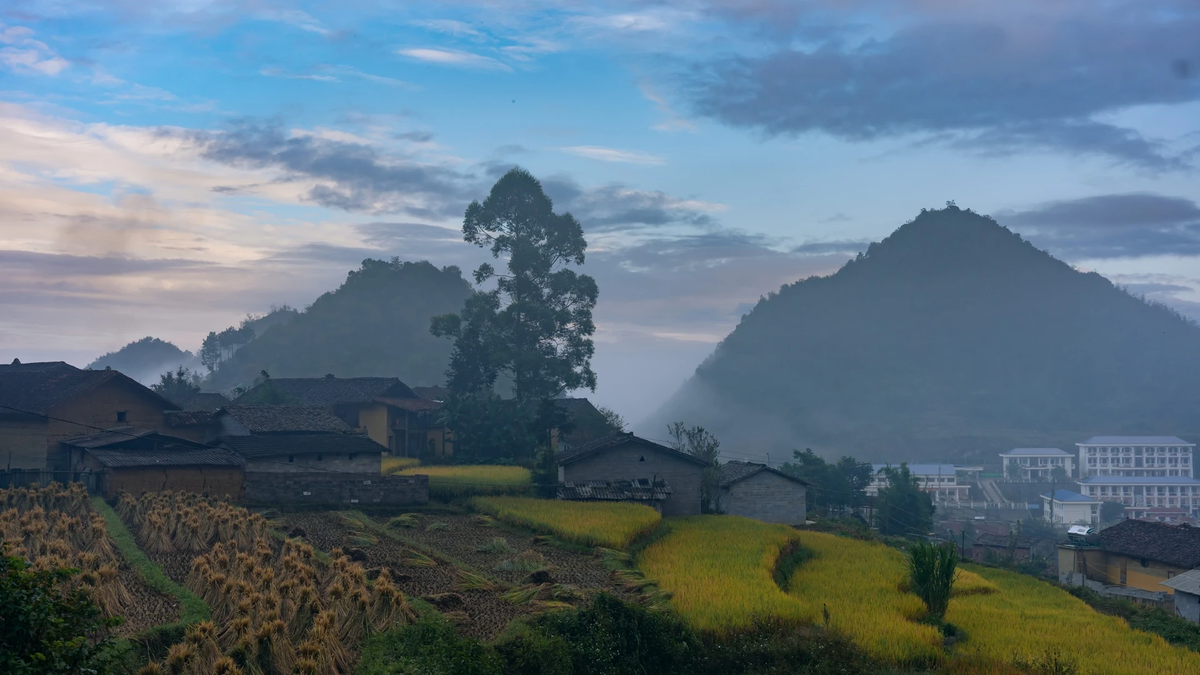
![[Photo] President Luong Cuong holds talks with South African President Matamela Cyril Ramaphosa](https://vphoto.vietnam.vn/thumb/1200x675/vietnam/resource/IMAGE/2025/10/23/1761221878741_ndo_br_1-8416-jpg.webp)
![[Photo] Prime Minister Pham Minh Chinh meets with South African President Matamela Cyril Ramaphosa](https://vphoto.vietnam.vn/thumb/1200x675/vietnam/resource/IMAGE/2025/10/23/1761226081024_dsc-9845-jpg.webp)
![[Photo] Prime Minister Pham Minh Chinh chairs meeting on railway projects](https://vphoto.vietnam.vn/thumb/1200x675/vietnam/resource/IMAGE/2025/10/23/1761206277171_dsc-9703-jpg.webp)

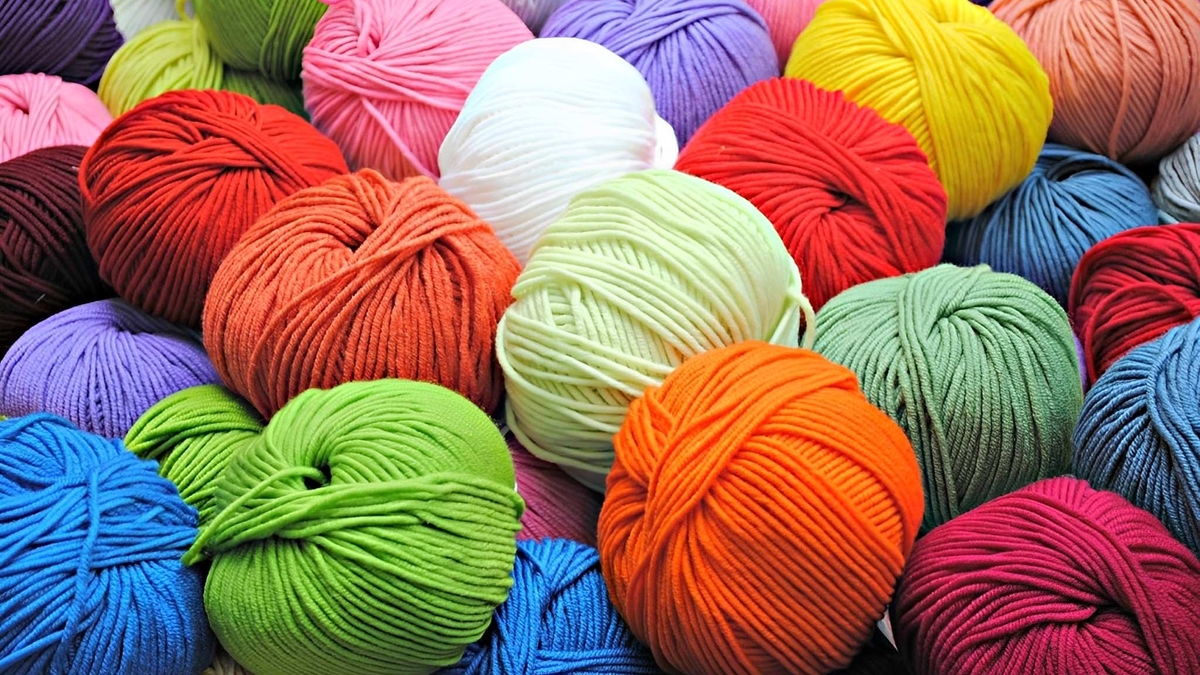




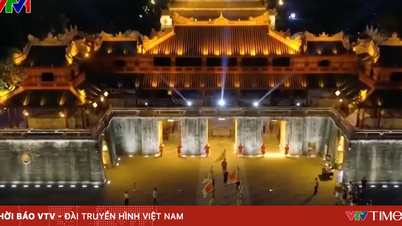



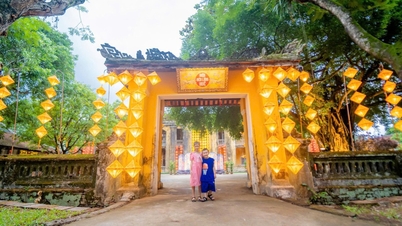
















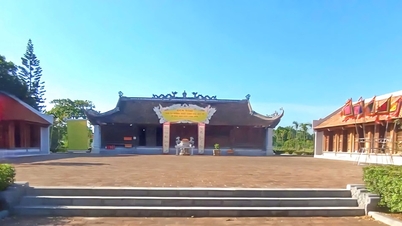
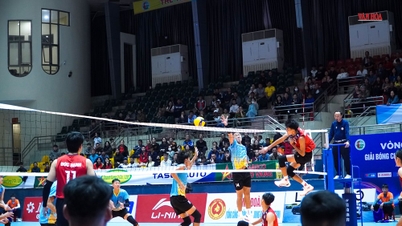
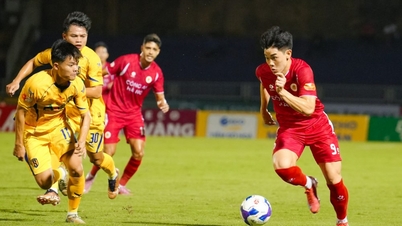


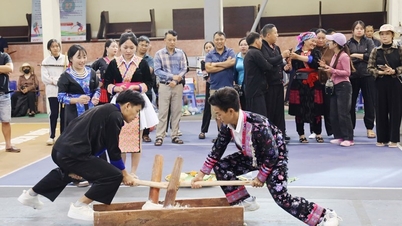



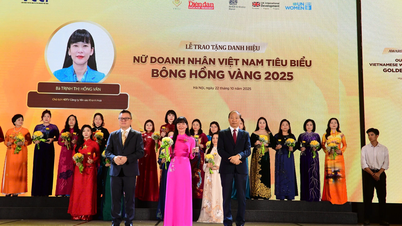

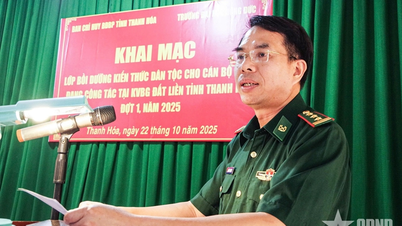



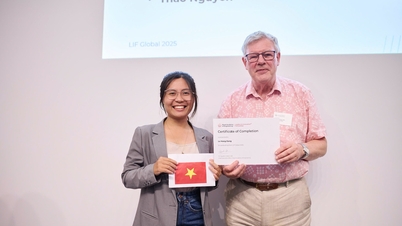



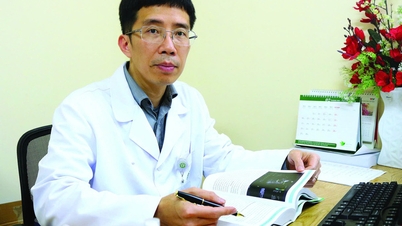

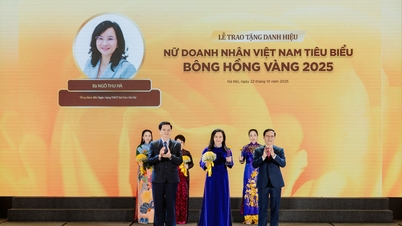




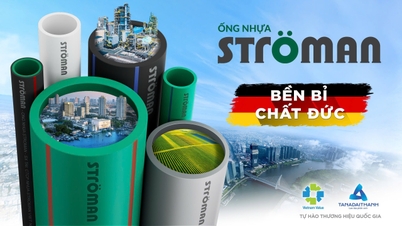









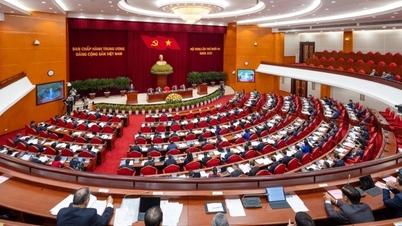
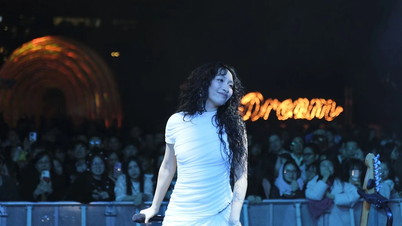

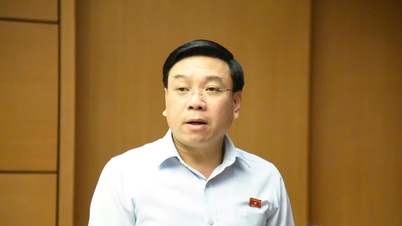
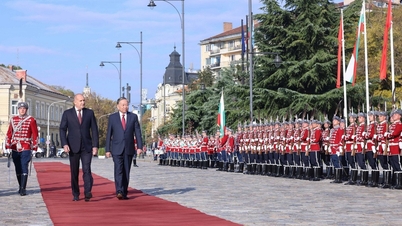

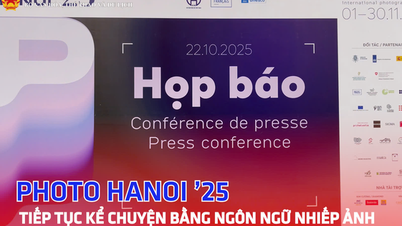


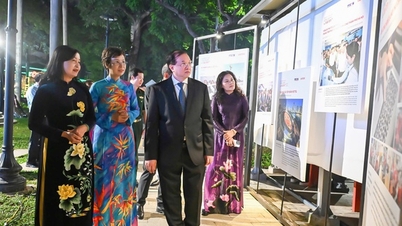
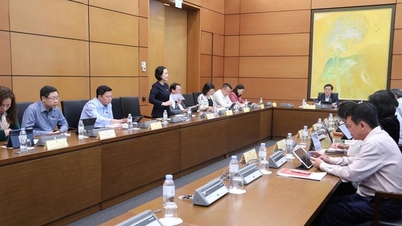
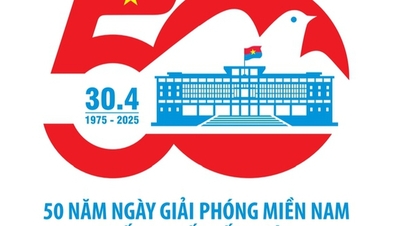
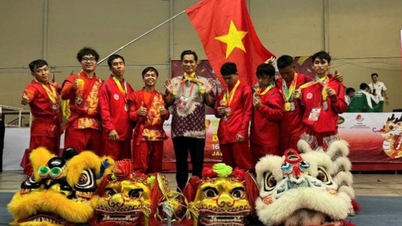

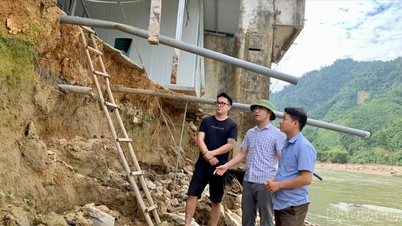

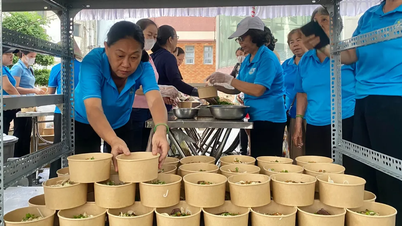

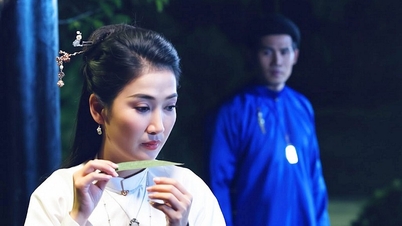

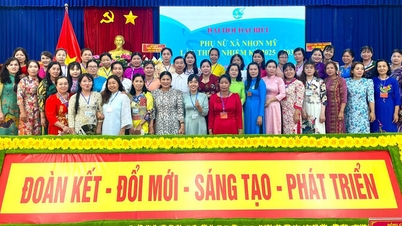

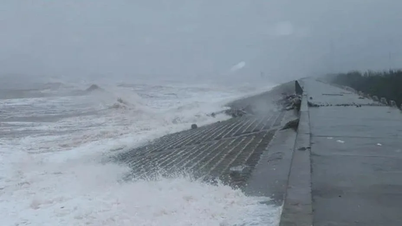














Comment (0)